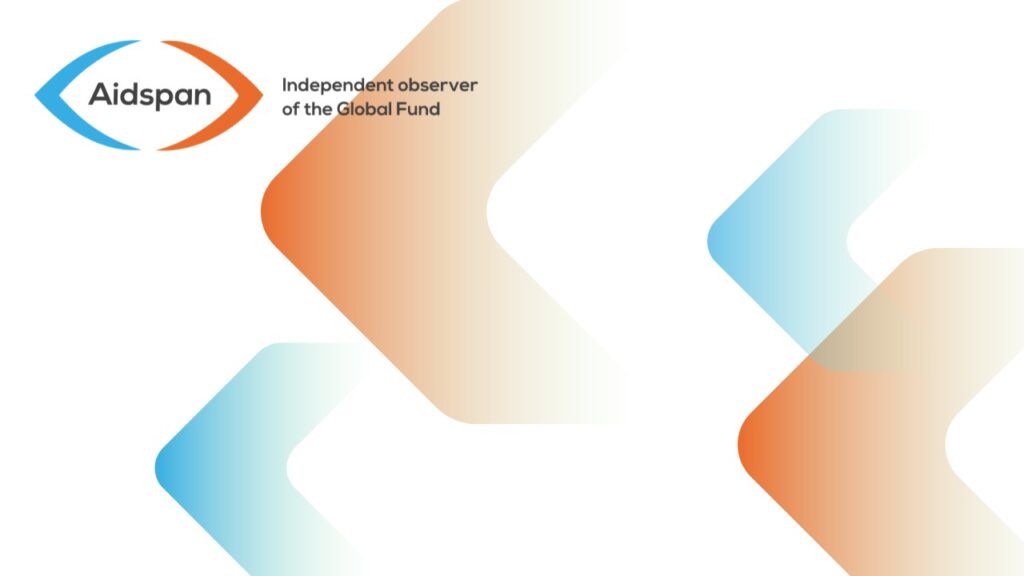
UKRAINE PRESIDENT SIGNS UPDATED HIV NATIONAL STRATEGIC PLAN
Author:
Tinatin Zardiashvili
Article Type:Article Number: 4
ABSTRACT Ukraine's president has signed the country's national strategic plan, which lays out a roadmap for transitioning away from reliance on Global Fund financial support. Civil society, however, has expressed concern that the commitment to transition has yet to be supported by commitment to financing from state budgets.
Ukrainian President Petro Poroshenko in early November officially adopted the country’s national strategic plan for its HIV response (2014-2018), which includes a roadmap for the gradual transition away from reliance on Global Fund financial support.
Under the new funding model allocations announced in March 2014, the Fund will contribute $137.3 million to the national HIV response from 2014-2017: what is expected to be the last significant contribution from the Fund to Ukraine as it moves towards a model that devotes a greater share of resources to countries with high burdens of disease and low ability to pay.
This represents a comparative decrease in support for the country compared to previous grants signed under the rounds-based approach — a decrease that civil society activists are concerned will not be made up by a proportional increase in domestic funding.
One of the problems, according to Pavel Skala, the associate director for policy and partnership at the International HIV/AIDS Alliance in Ukraine, is that the political crisis that has engulfed Ukraine in the last year has slashed the amount of money available for health programming. Equally concerning is the plummeting value of the Ukrainian currency, the gryvna, and disproportionate inflation fuelled by the political crisis.
“Because of the economical crisis in Ukraine, the state commitment to the national program was cut in half,” said Skala. “So if we look at what has happened historically in terms of state financing for HIV programs, we are likely to see even greater cuts, which means we will not be able to talk about any kind of stability.”
The current budget underwriting the national strategic plan is some $400 million, meaning that the Global Fund’s support represents about one-third of the total costed need.
It is inevitable, Skala adds, that some activities will be dropped from the plan for at least the first year due to financial constraints — particularly those activities related to prevention activities for the most vulnerable groups.
Even prior to the political crisis, support for these programs was controversial and advocates found themselves squaring off in parliament against legislators leery of committing already limited funds to respond to the needs of drug users and others on the margins of society.
There has always been a provision in the national strategy that if there is not enough money, prevention programs will be dropped in favor of ensuring there are no gaps in coverage and treatment, Skala said. One recent example occurred just months ago when the state’s procurement tender for anti-retroviral and TB drugs collapsed for want of funds and Global Fund principal recipients, including the Alliance-Ukraine, scrambled to find $5 million to complete the transaction: money that was ultimately taken from treatment and prevention programs.
That’s the Catch-22 of the HIV response, Skala said: harm reduction is always underfunded but ultimately results in higher treatment costs as more people need to take ARVs.
Still, the new NSP does represent a significant milestone in the collaboration between government and non-government organizations during a particularly tumultuous period in Ukraine, the eastern part of which is playing reluctant host to thousands of Russian troops with reports of thousands more massing on the border.
Work began on the development of the NSP in early 2013 before submission for parliamentary approval. The deteriorating political situation in the country caused significant delays, and the subsequent government change in February 2014 meant that consultations had to begin again, resulting in further delays. Ultimately, however, there was little change to the draft first submitted in 2013, and the approval process has been relatively smooth.
The NSP includes a plan for the handover of responsibility for the continuing treatment of some 63,800 people currently on ARVs. According to the NSP there are an estimated 230,000 adults in Ukraine who are HIV positive.
The future of the existing opioid substitution therapy (OST) program — considered a role model for many other countries looking to implement harm reduction activities as a way to control the spread of the epidemic — however, remains in question. A previous iteration of the OST program covered 20,000 people; now, there are only 7,800 enrolled in a program funded by the Global Fund. The target, according to Skala, is to get those numbers back up to 20,892 by 2017.
“If the political goodwill is the problem, we are ready to advocate and lobby on behalf of the interests of hundreds of thousands of people,” he said. “But if there is no money, we can only ask the international community — and ask for flexibility from the Global Fund.”
The fact that the roll-out of the NFM coincided with Ukraine’s upheaval was terribly unfortunate timing, Skala said, while emphasizing that under normal conditions it makes sense for Ukraine to envision an exit strategy for Global Fund support. “The bureaucracy of the Global Fund cannot keep pace with the huge changes that have happened in our country,” he said. “We may be still considered a lower middle-income country, but the economic realities on the ground are a far cry from that.”
